More than six years after its concept was revealed, the new Hyundai Santa Cruz ute has made its big debut.
Of course, the Santa Cruz isn’t a traditional body-on-frame ute. Instead, it shares its lifestyle-focused unibody platform with the fourth-generation Tucson mid-size SUV.
And before we get too far ahead of ourselves, it’s also worth pointing out the Santa Cruz has its sights set solely on its domestic North American market, with an Australian launch ruled out due to a lack of right-hand-drive production.
That said, the local ute segment is expected to heat up with the 2023 release of Hyundai’s eagerly anticipated body-on-frame model, which should be more of match on paper for the best-selling Toyota HiLux, Ford Ranger, Mitsubishi Triton and Isuzu D-Max.
Nonetheless, the Santa Cruz is still a huge deal because it re-establishes a class that has effectively been dormant for some time and will continue to gain momentum with the upcoming release of the unibody Ford Maverick.
Thanks to the three teaser images shown two weeks ago, the Santa Cruz’s exterior isn’t all that surprising, and neither is its interior, which is almost a carbon-copy of that of the Tucson, including the 10.0-inch central touchscreen and digital instrument cluster.
For reference, the Santa Cruz is naturally on the smaller side for a ute, with it measuring 4971mm long (with a 3005mm wheelbase), 1905mm tall and 1694mm tall, while its tub is up to 1323mm long.
Needless to say, the real interest is in what’s under the metal, with the Santa Cruz available with a 142kW/244Nm naturally aspirated or a 205kW/420Nm turbocharged 2.5-litre four-cylinder petrol engine.
The former is mated to an eight-speed torque-converter automatic transmission and has a braked towing capacity of 1588kg, while the latter is matched to a dual-clutch unit and can tow 2268kg. Either way, Hyundai’s variable HTRAC all-wheel-drive system is fitted.
The Santa Cruz’s suite of advanced driver-assist systems is extensive, with autonomous emergency braking (with intersection assist and pedestrian and cyclist detection), lane-keep and steering assist, adaptive cruise control, driver attention alert, active blind-spot monitoring and rear cross-traffic alert, Safe Exit Assist and surround-view cameras all available.


.jpg)

.jpg)


.jpg)



.jpg)

.jpg)
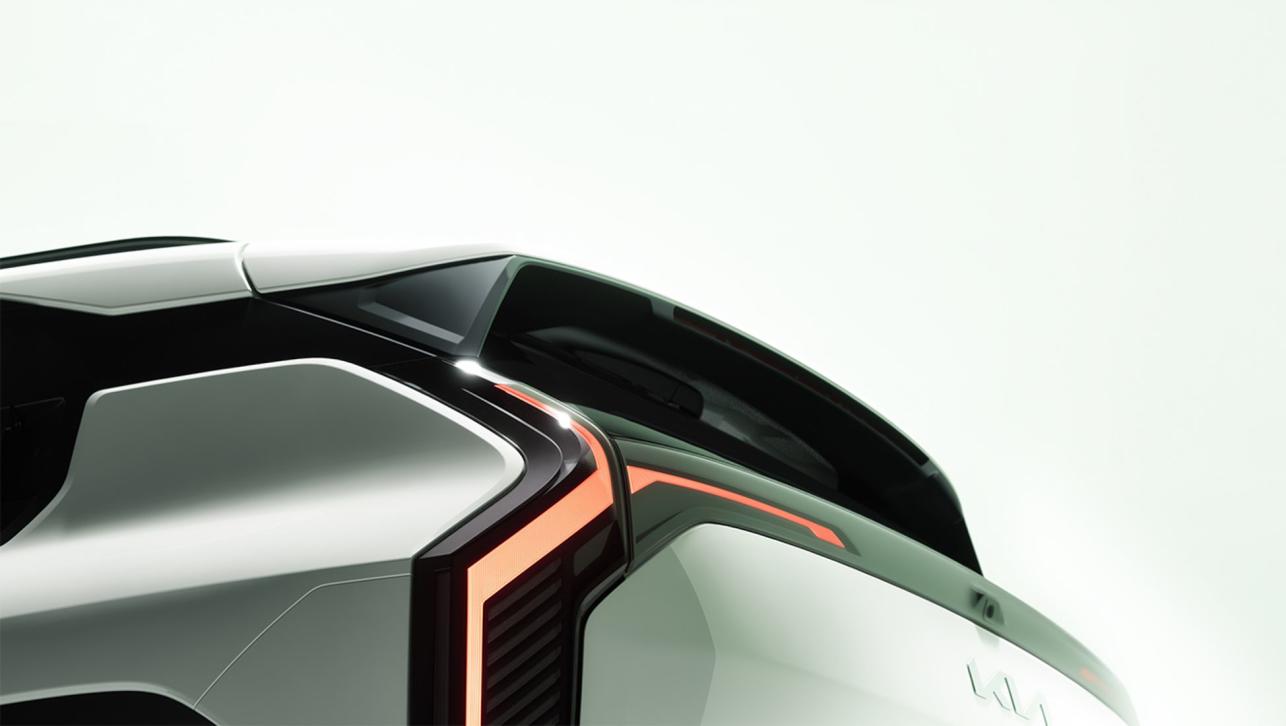

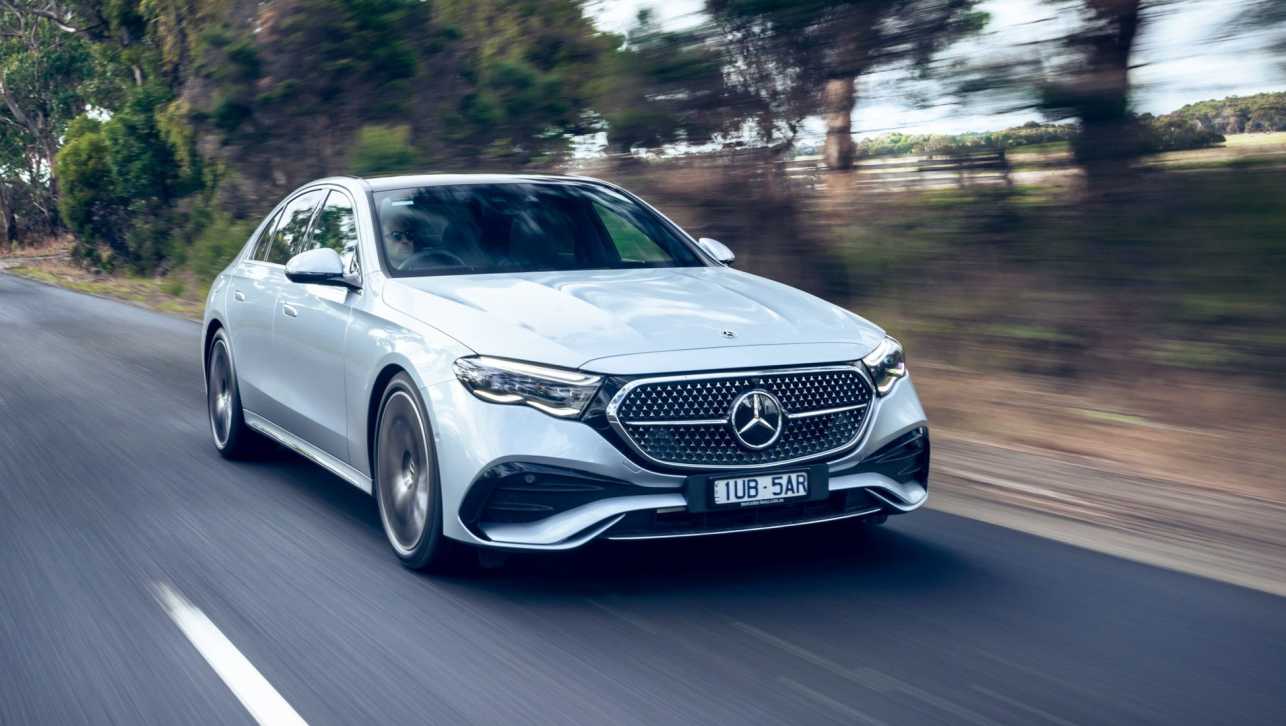
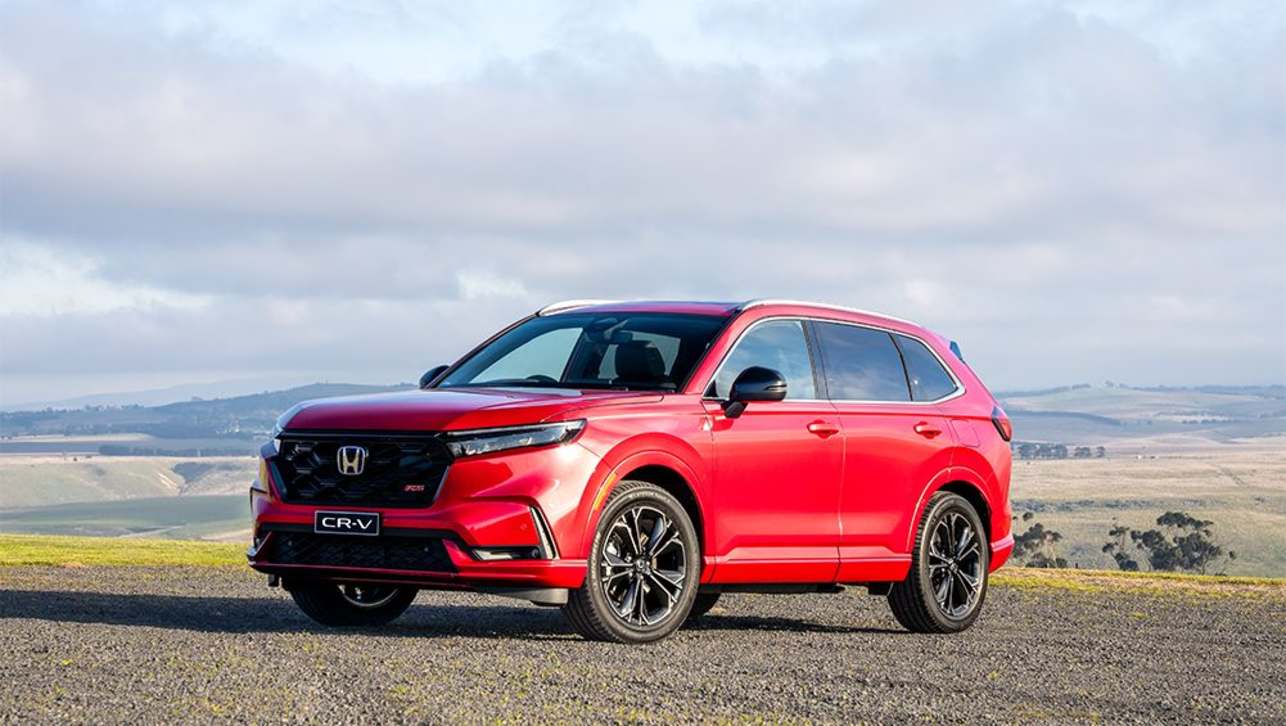











.jpg)
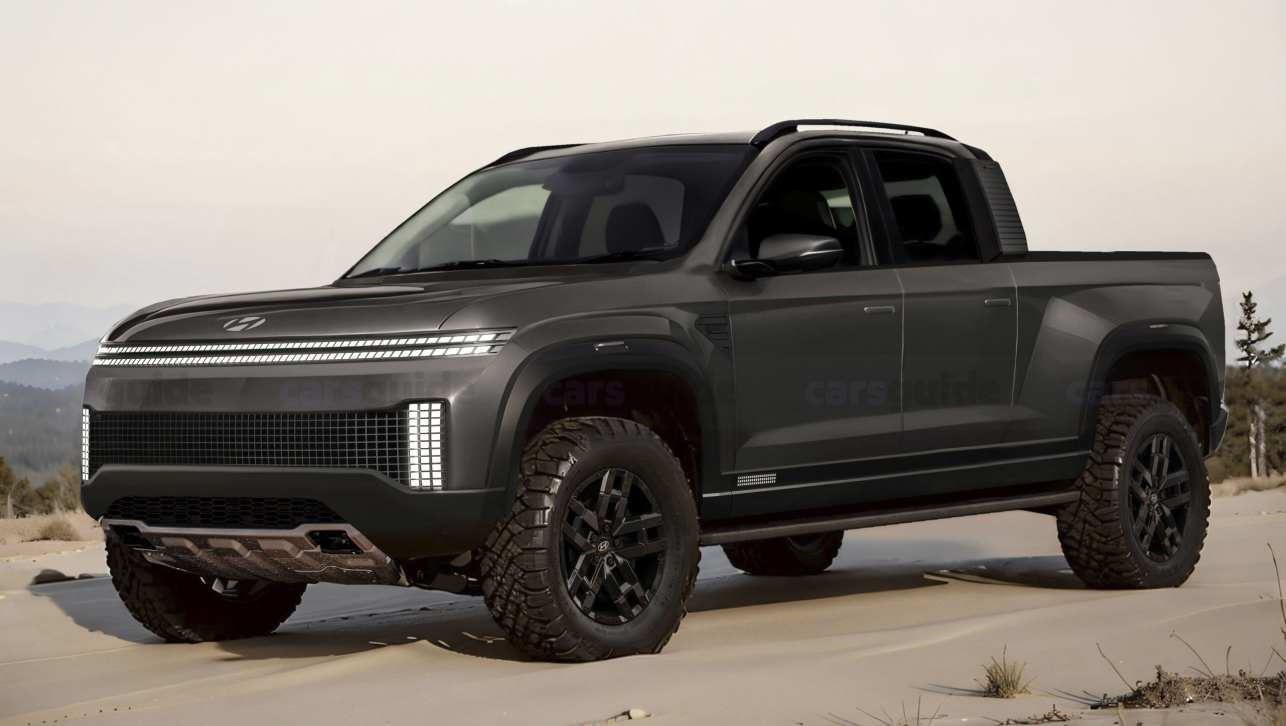
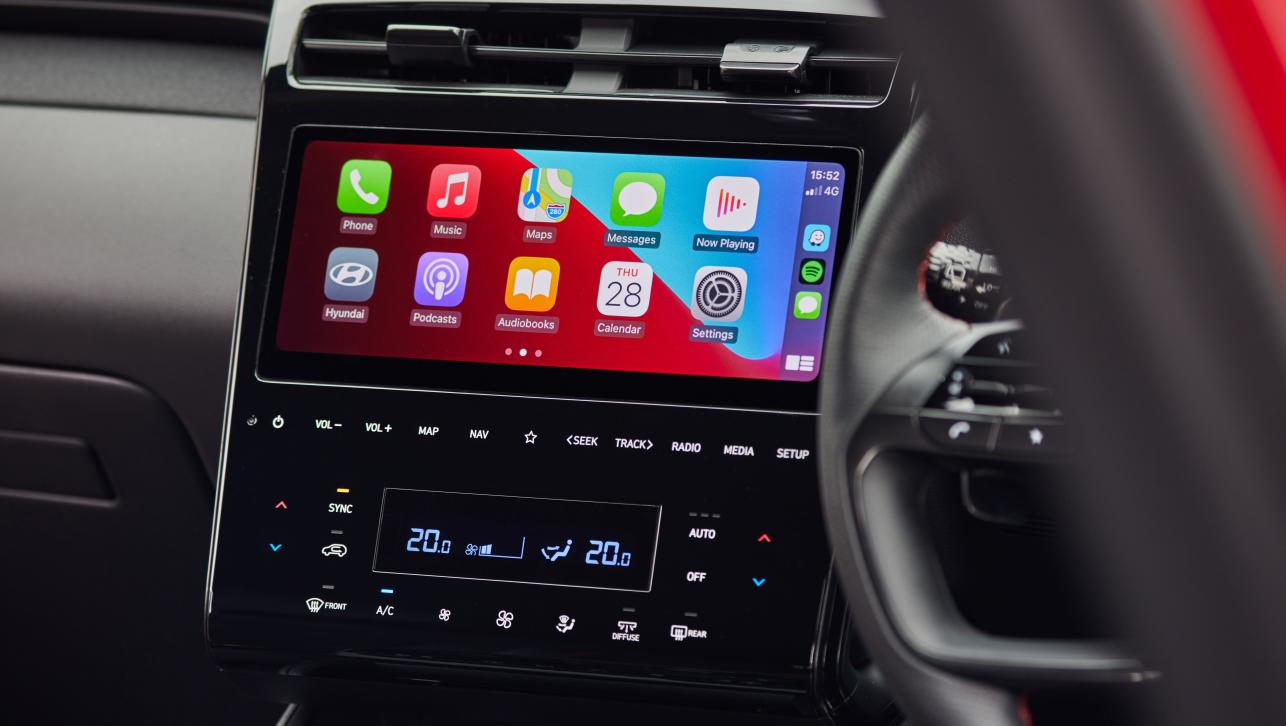
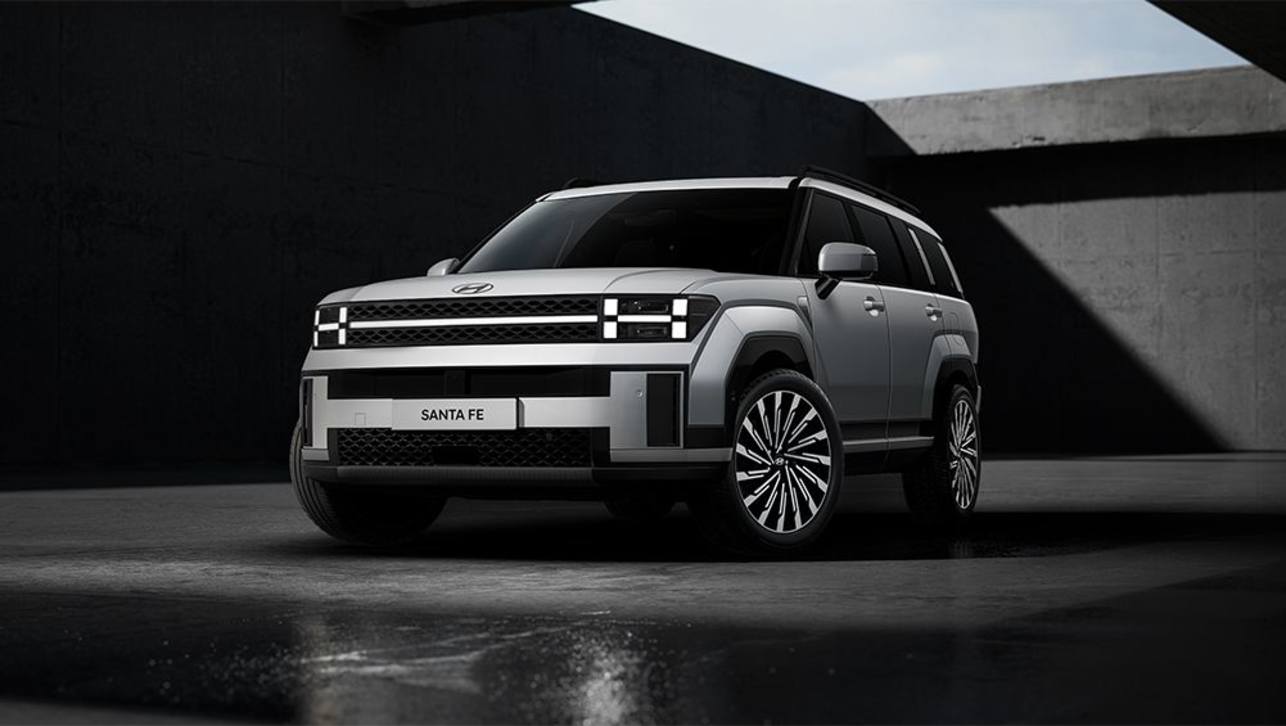



.jpg)

Comments